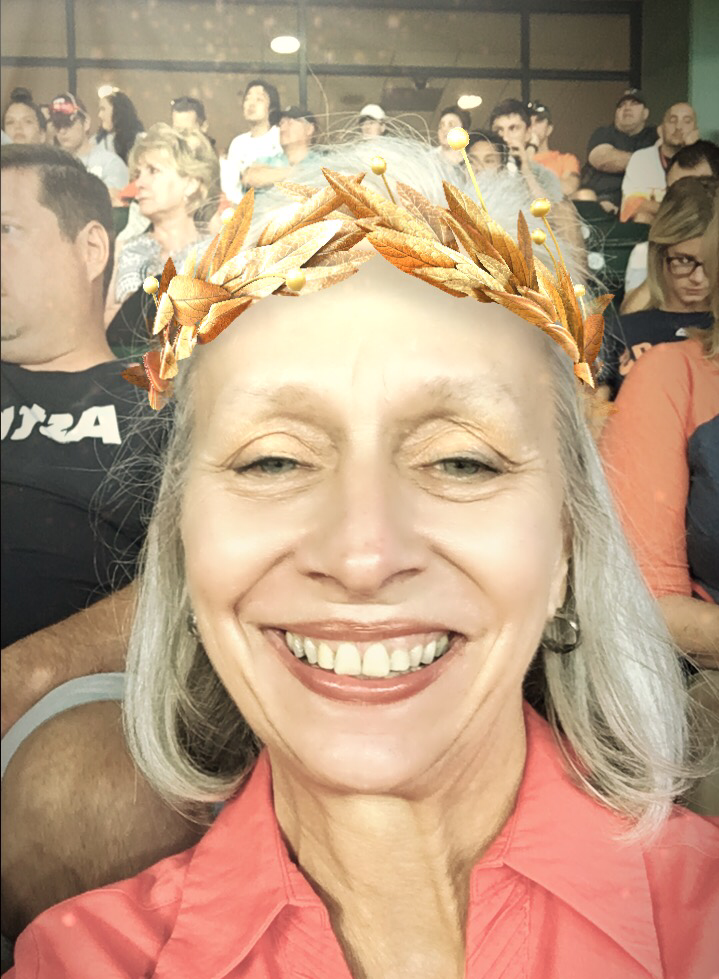Fitting the People Part In
- Janis Richardson

- May 17, 2016
- 4 min read

I've fiddled with the focus of this post for a while in my head, knowing that there's something there that I really want to write about but finding it so hard to put my finger on what it is. I thought it was the culture of busyness that is so pervasive in philanthropy. But it's not that exactly.
It's more about where people fit into the picture for place-based funders. And by people, I mean community people, not consultants, evaluators, supervisors, supervisees, accountants, or board members.
It's also more about people than the idea of people. So many times when I hear in earnest talk or strategy-oriented musings, it's the idea of people I hear. We need to hear from residents. Residents need to be at the table. We believe that those closest to the problem have the answers. This is good thinking, but it's just that - thinking. And I've done a lot of thinking, listening, watching, and wondering about what stands between the idea of people and the reality of people.
I've come up with three things.
One is that we can like the idea of people but not really like people. It's like me and gardening. I love the idea of gardening. I enjoy reading about gardening, looking at pictures of beautiful gardens, visiting gardens, having fresh flowers and produce in my life - but I really don't like the "doing" of gardening. I've learned that the hard way.
The point I want to make here is that it's okay to like the idea of people more than you like the reality of people. The important thing is knowing that about yourself and being able to seek out, value and support people liking people to be part of the community engagement work you want to do. That means asking them to challenge practices and ideas that are embedded in your work but are closing up space for people to show up in powerful ways. And then committing the time needed to do the things that will open up the space needed.
The second thing is more about a plate that's full of non-people things. That includes writing and reading reports, setting up and attending meetings, processing grant requests, managing emails, entering information into databases, AND letting work that is not really contributing to your resident-centered community change goals fill up too much of your organization's collective bank of time. One lesson I learned personally that was reinforced by friends who have been in community organizing positions is what happens to best intentions when both talking with people and meeting a deadline are on the calendar. You meet the deadline, right? That conversation can always wait, but the deadline can't.
And then there's that thing about learning. When taking time to regularly climb over the mountain of pressing tasks to reflect and get another perspective on your world becomes just another task, you pretty much begin piling up a mountain of missed opportunities for co-learning and co-creation with colleagues and community residents.
Oh - and there's that thing about self-care that goes missing too, with the turn down the road to burn-out coming up around the next bend.
I spent a couple of days with a wonderful funding organization recently and had a chance to dig in and see what was really on everyone's platter. I could tell from afar that the pile of work on everyone's plates required a platter, but wasn't really sure what was there. What I saw was a bunch of really nice things that were being done really well - but weren't really about where they wanted to go. Their core identity had made the shift from a traditional place-based funder to an innovative resident-centered investor - and they had stepped out with several new lines of work that are consistent with that identity. But what was bogging them down were all the left-overs. And it was these left-overs that were making it so hard to find the time to fit the people part in.
It's hard, just as it's hard to clean out Grandma's closet. But to fit the people part it, you absolutely must open some space and take a ruthless look at what you are doing that someone else can do, assuming that still has value. It might actually have more value for someone else than it has for you - consistent with that de-cluttering reminder that your trash is someone else's treasure. It's smart also to identify things that you need to keep doing but need to do as efficiently as possible with an eye to keeping their time-eating tendencies neatly pruned. And then, with the space that opens up - that's where the relationship-centered work of resident-centered investing can take root and grow.
Finally, there's the bigger question about how you think about your work. Do you think about the foundation as the best place for most of the work to happen, or do you think about pushing out decision-making and authority in every way possible - trusting people who are closest to the issue, question or opportunity to name the outcomes they would like to see, frame an approach, and have the authority to make decisions about how resources will be used. By using flow funding, community-based decision-making, and other methods that make it easier to put people at the center of the planning and decision-making table, you can distribute power and disrupt the more traditional resourcing practices that keep people at the margins.



Comments